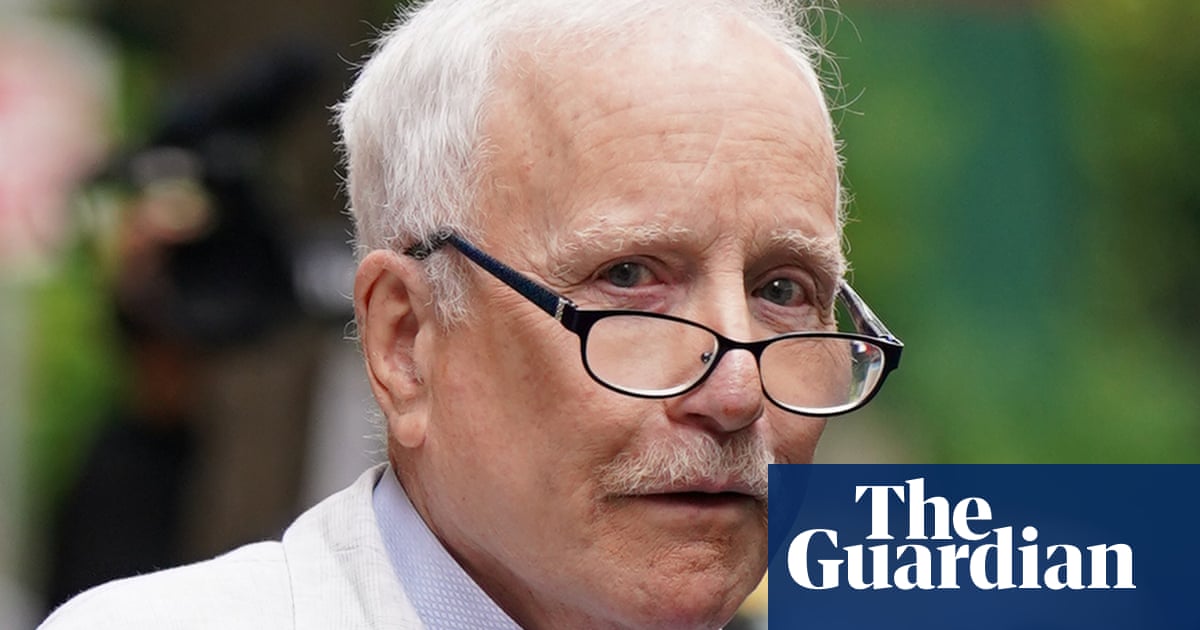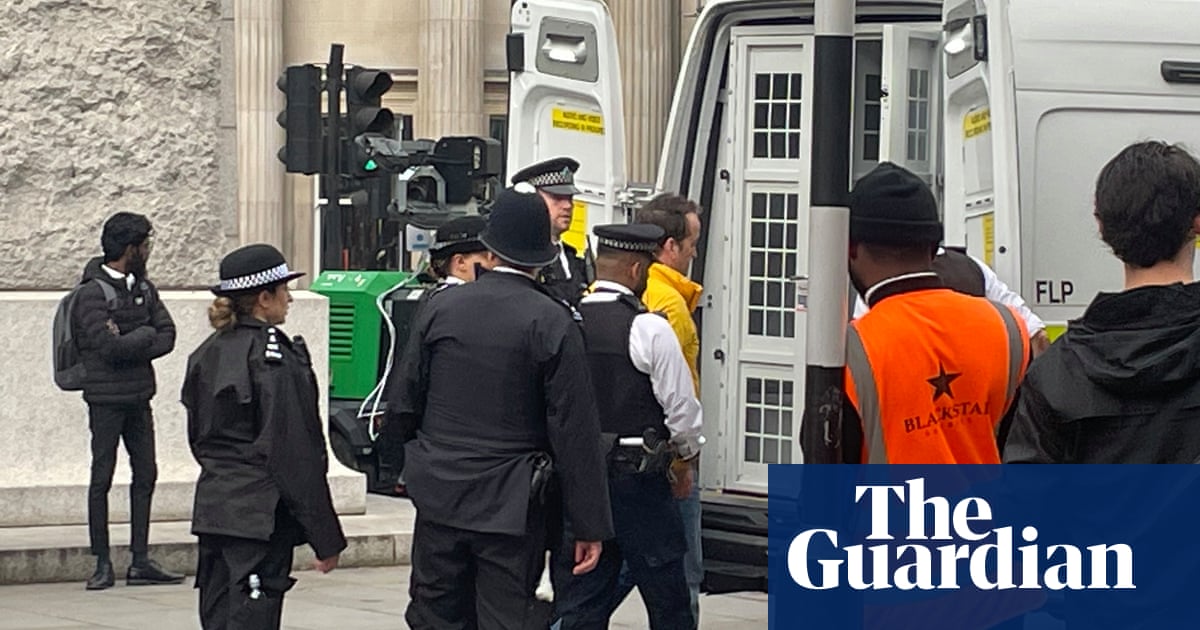New Zealand has long been known for its high ratio of sheep to people. But really what stands out on various per-capita lists is just how much we love to drive.
Exact comparisons are tricky and blurred by tiny countries, but we definitely have one of the highest rates of car ownership in the world, with something like nine cars for every 10 people, and each car driven over 8,000km a year. Given that a fifth of the population are children, this is a strikingly high rate of car ownership – and presents a key challenge to the country’s net zero goals.
Getting emissions from transport down will be absolutely essential if New Zealand is going to get anywhere near its target of halving all emissions by 2030. It’s one of the main sectors that the government can really push on, considering our electricity system is already mostly clean and agricultural emissions remain politically impossible to seriously challenge.
On paper this shouldn’t be all that difficult. With bountiful clean electricity from an array of hydro dams, electric vehicles should make amazing sense here, with drivers able to save money and the planet at the same time. Just look at Norway – a country of a similar size and population density with its own very clean power grid – where 80% of the cars sold last year were EVs, and 20% of its entire fleet is now clean.
Instead, petrol and diesel cars continue to easily outsell EVs, which make up just 1% of the entire fleet. Why so slow? Because we drive on the left.
Well, that’s a bit glib. But it is a huge barrier to electrification.
As a relatively small market at the bottom of the world with no domestic car manufacturing, New Zealand’s auto industry survives on the whims of bigger players. This is especially the case as we have a big taste for second- and third- and fourth-hand vehicles – the average car in 2018 was 14.1 years old, compared to 8.6 in the UK. There is no real social stigma attached to having an old car and many other ways one can show off wealth. So instead of buying brand new vehicles, many decently middle-class families opt for what is known as “New Zealand new” – cars that are newly imported into the country but have been owned somewhere overseas for a few years.
These cars come overwhelmingly from Japan. Japan has a huge domestic car market for right-hand drive cars (meaning the wheel is on the right, but you drive on the left). They are often eager to export old cars thanks to stringent and shifting regulations. Their cars are prized here for their reliability and value, usually arriving in a good state to run for another decade or so without serious issues.
This wouldn’t be much of an issue, except for the fact that Japan’s auto industry has massively stumbled on EVs. Japan’s largest carmaker, Toyota, bet big on hybrids and only just started to sell a fully electric car last year, which was subject to embarrassing supply chain issues and even a global recall. Mitsubishi recently made headlines trying to convince people that internal combustion engines were actually cleaner than EVs in many countries. (This is not the case almost anywhere.)
You can see how bad it is in their own domestic market: just 2% of all new car sales in Japan were fully electric in the past year, about 10 times smaller than the rate in Europe and China, where cheaper electric cars are exploding in popularity. But unfortunately for New Zealand, folks in China and Europe drive on the right. If just 2% of new cars in Japan are electric right now, that’s not all that many to sell to us five years down the road, when we are supposed to be massively reducing our transport emissions.
But driving different cars is not New Zealand’s only option. Public or active transport are even better for the environment. And despite our rugged pastoral self-image, most Kiwis live in a city, and one-third live in Auckland, where the joy of driving is strongly tempered by horrific traffic. Yet public transport is somehow getting worse in major centres, as bus driver shortages cause thousands of cancellations a week. Investment in other public transport is mired in delays and political infighting – I’m 30 and think I’ll be lucky if I get to ride on some type of light rail in New Zealand before retiring.
Some type of political accord could help a lot here. Our two main parties reached one on housing density which looks set to drastically increase affordability in the years to come, as the public and private sectors can now rely on policy continuity. A new accord on transport investment seems incredibly unlikely. But it would probably be easier than deciding to drive on the right.
Henry Cooke is a freelance journalist covering New Zealand politics

 1 year ago
74
1 year ago
74










 English (US)
English (US)